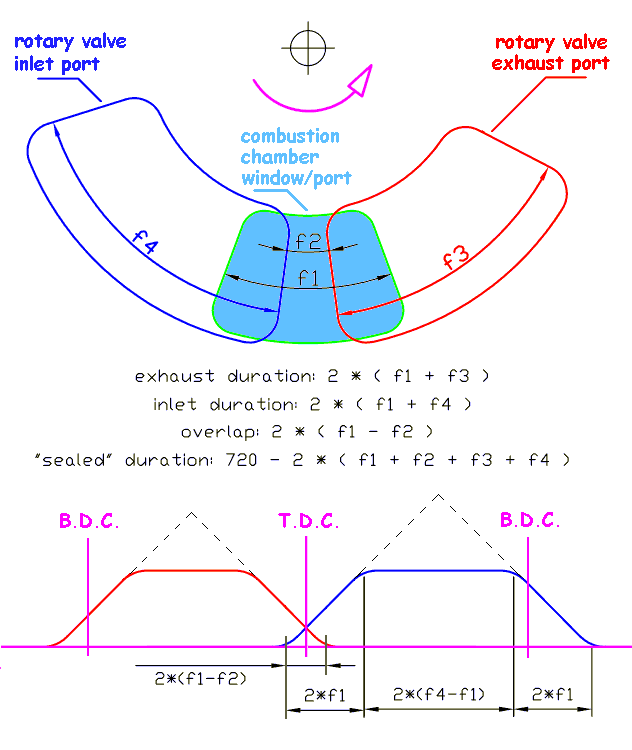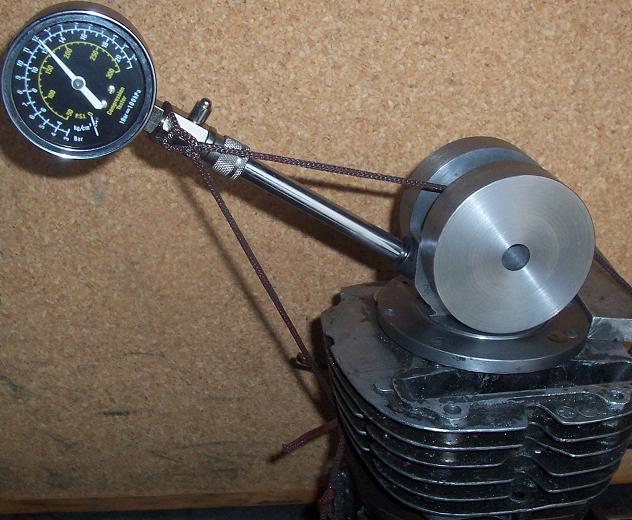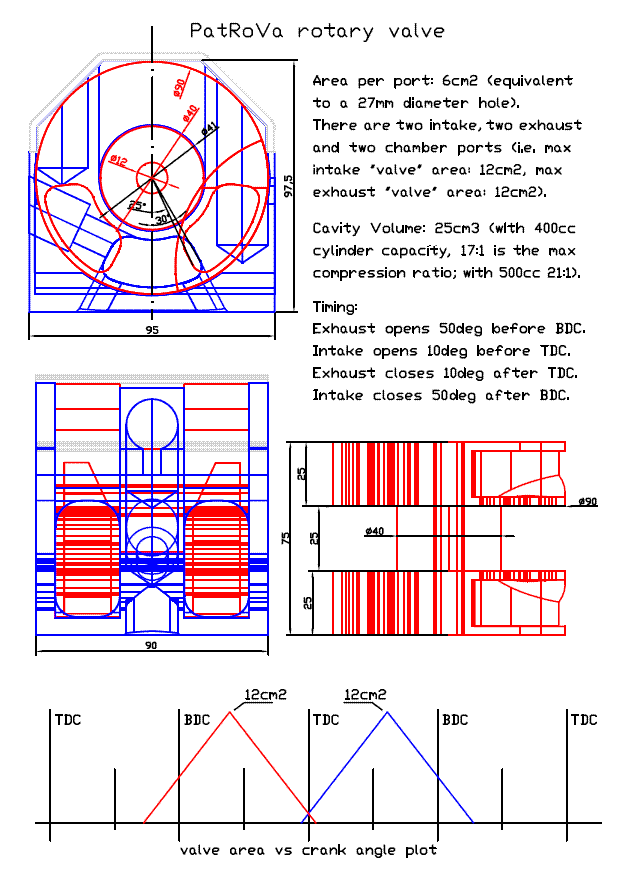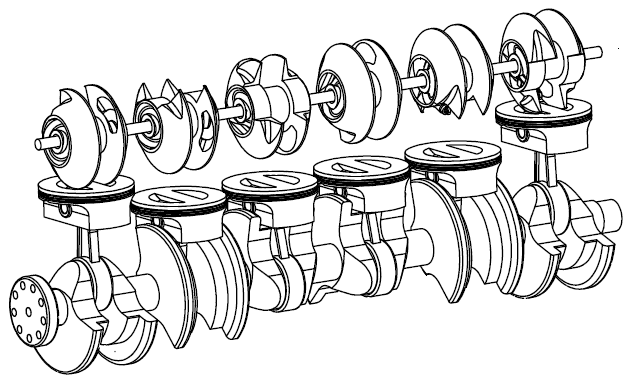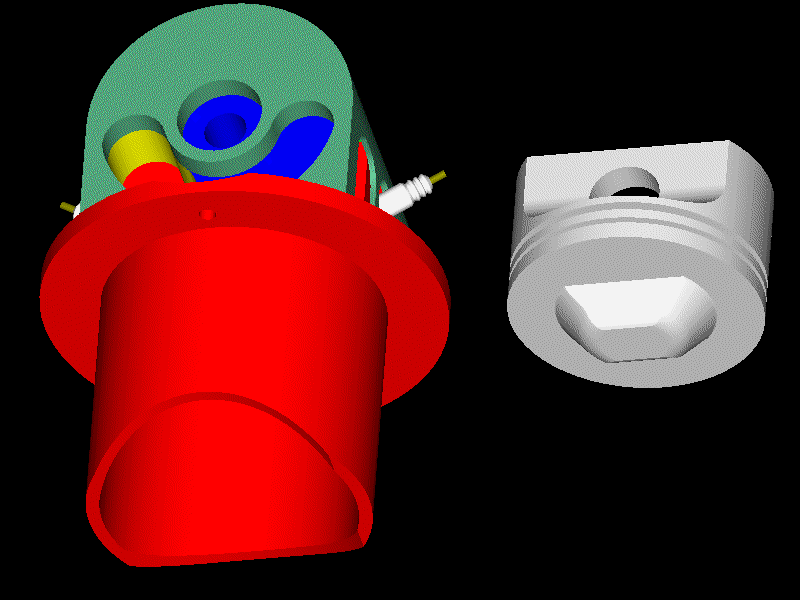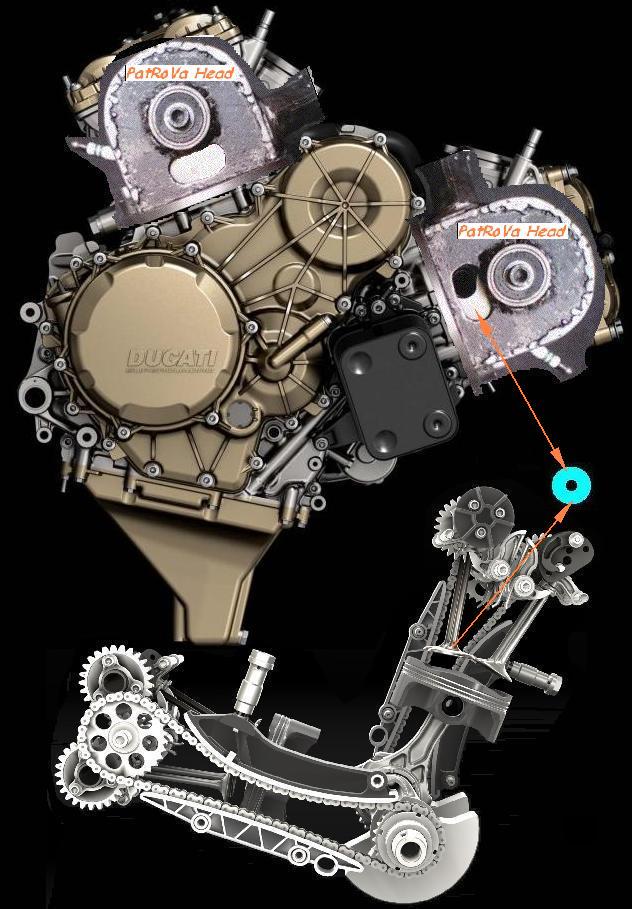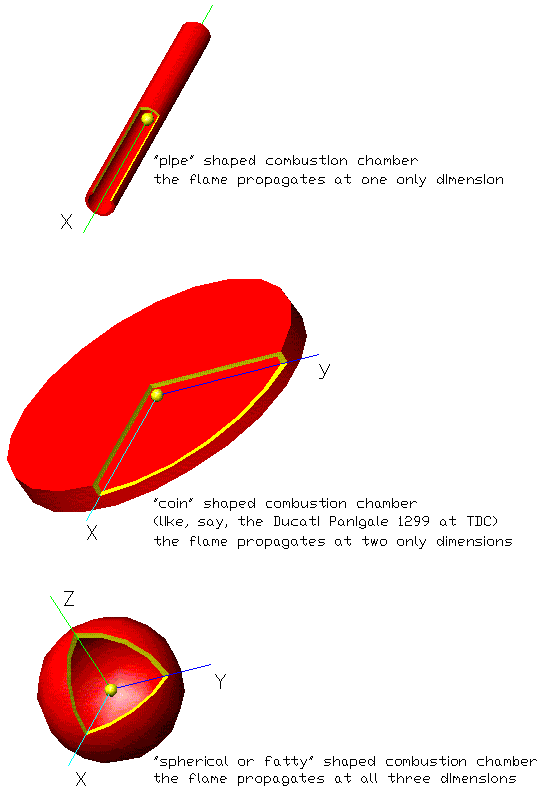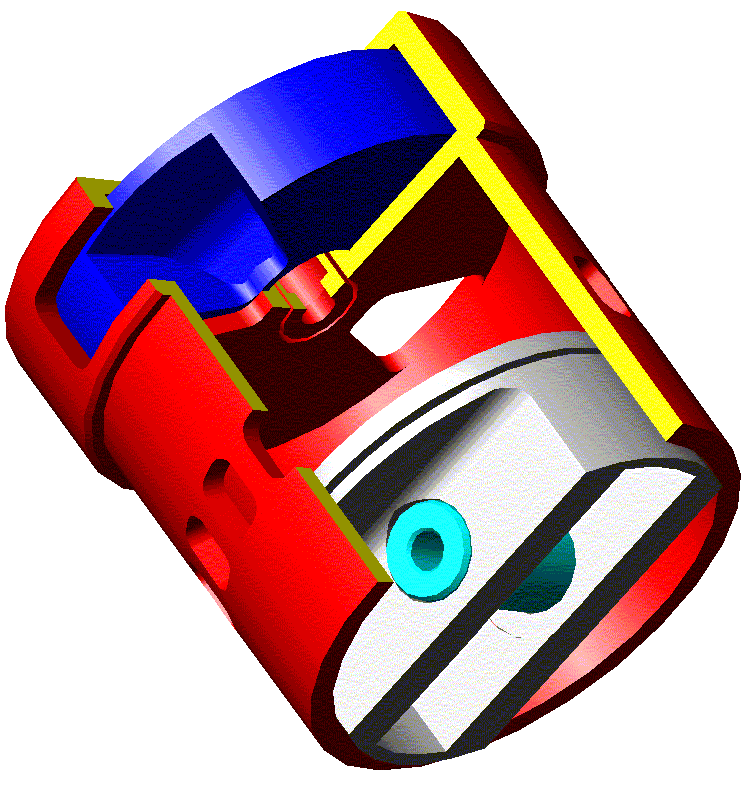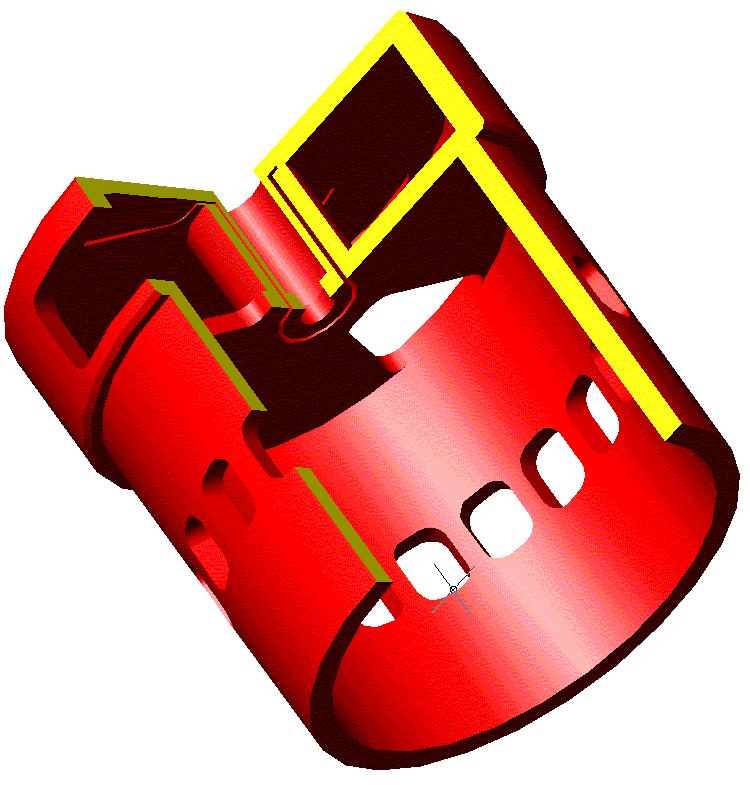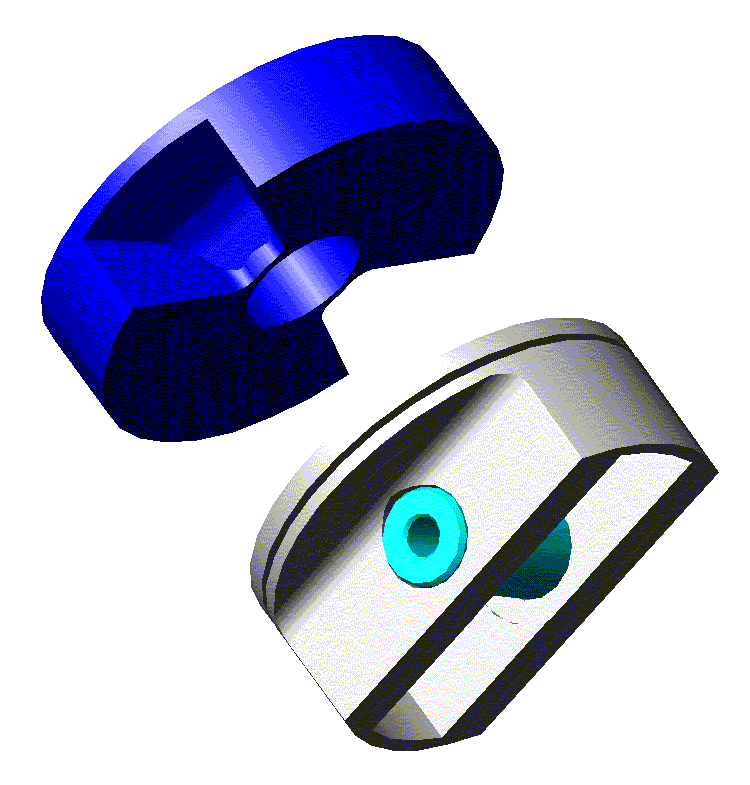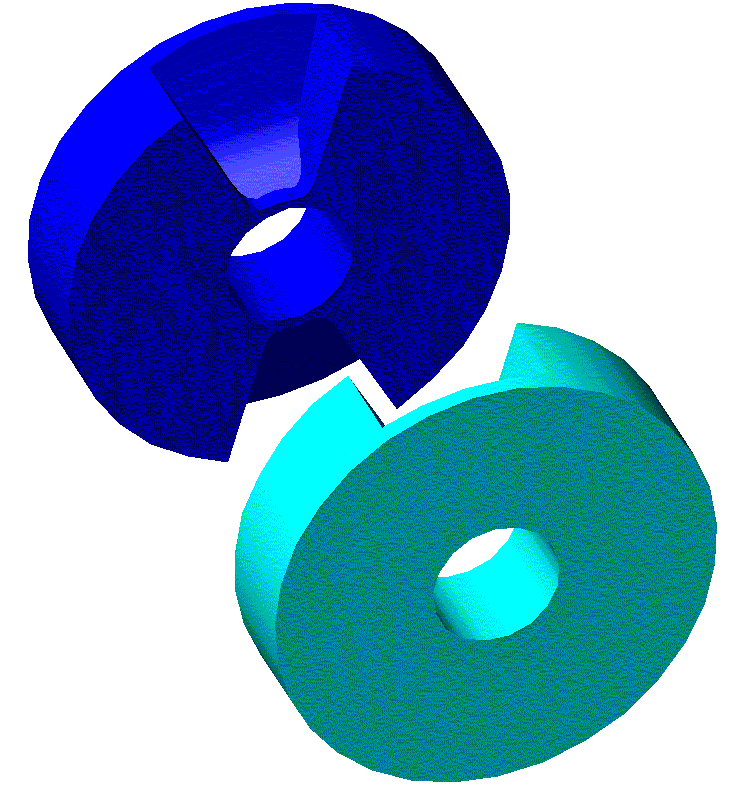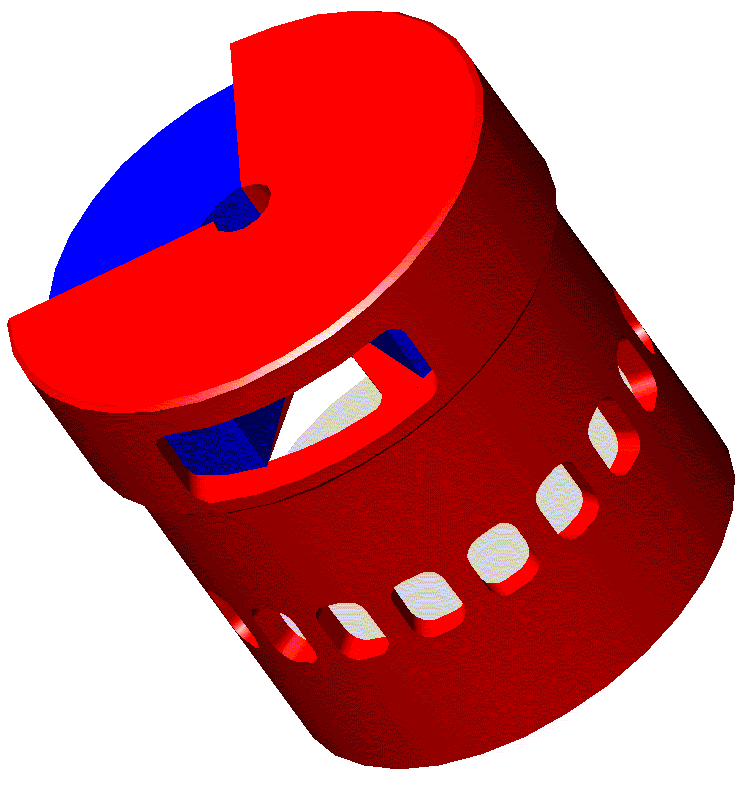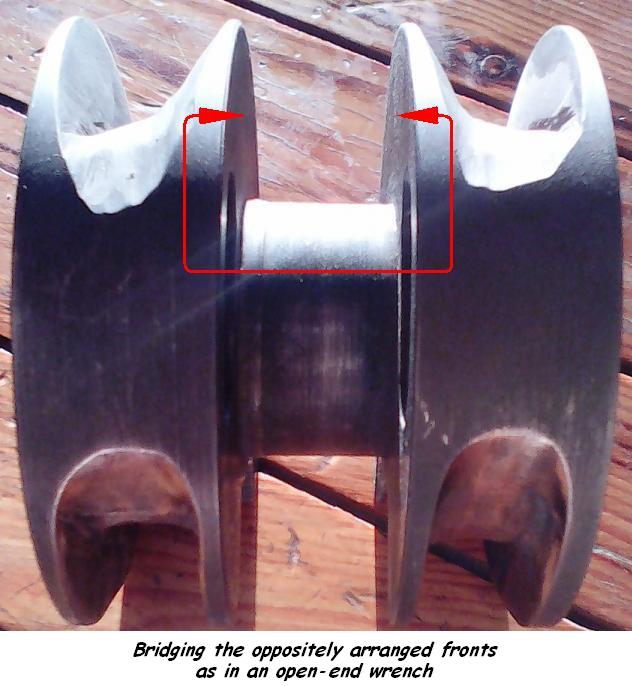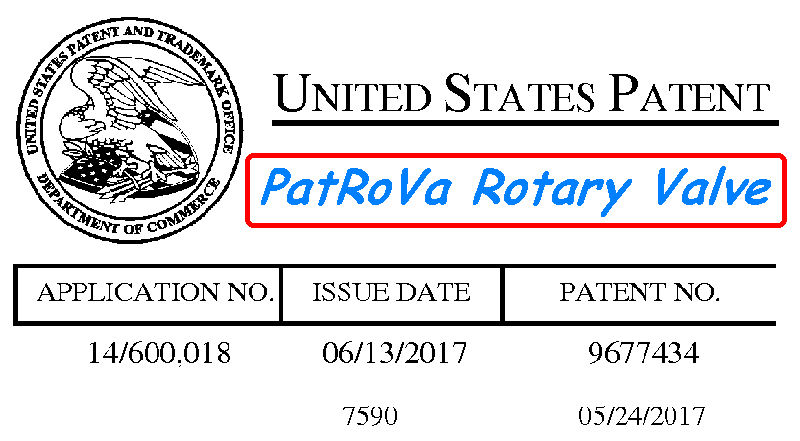Hello Niels
You write:
“I like it very much and think it will look even nicer as uniflow Two stroke with a single chain or belt for exhaust-valve drive”
A 2-stroke version of the PatRoVa is in the “rotary valve” web page of the
www.pattakon.com
On the other hand, with 4-strokes capable to rev at extreme revs, the 2-stroke seems not the ideal choice
Back to the moto-GP engines and their need for “square valve lift profiles”:
In this plot ( from
http://www.pattakon.com/pattakonPatRoVa.htm ) :
it is shown the way the PatRoVa rotary valve can give as square profile as desirable.
According the above plot, the (peak) valve area is the area of the “blue” window times two (because there are two such windows that cancel out the total force applied by the high gas pressure (during compression, combustion, expansion) on the rotary valve, and on the bearings of the rotary valve).
Keeping constant the area of the blue window (and its radial dimension),
and increasing the diameter of the rotary valve (the rotation axis of the rotary valve (at the cross, at top) moves away from the window),
the f1 angle decreases (and the f4 angle increases by the same amount to keep the inlet duration: 2*(f1+f4) constant).
As the diameter of the rotary valve increases, the duration the window remains completely open during the induction (which is: 2*(f4-f1) ) increases, while the duration of the two ramps (2*(2*f1)), which is when the blue window is “partially open”

decreases.
For instance, if the diameter of the rotary valve doubles (keeping the area of the blue window and its radial “height” unchanged), the f1 halves, which means the duration of the two ramps halves and the angle 2*(f4-f1) during which the blue window remains completely open increases by the same amount (simply talking: what is lost at the ramps is added to the “full open” duration).
Increasing more and more the diameter of the rotary valve, the “valve lift profile” gets more and more square.
Theoretically, it can be as square as desirable.
Increasing the external diameter of the PatRoVa rotary valve, and keeping unchanged the radial “height” of the window, the hub (or shaft) of the PatRoVa rotary valve gets even stiffer, while the exhaust port on the rotary valve moves away from the “high pressure sealing area” of the rotary valve (the area on the two opposed disks where the window gets red), which further helps in keeping the “sealing clearances” (between the rotary valve and the windows of the combustion chamber) too small:
Worth to note here:
The sealing of the PatRoVa is not based on the contact of some surfaces or sealing means (as happens, for instance, in the Cross-Bishop rotary valve, wherein the sealing is based on a set of immovable seals abutting onto the working cylindrical surface of the rotary valve).
According all the previous, the increase of the external diameter of the PatRoVa rotary valve (in order the valve lift profile to be more and more “square”

does not limit the rev limit of the engine. Because its bearings are rid of loads, and because its “sealing” is not based on the contact of surfaces (which means, it is a frictionless sealing).
The only limitation is the required space for the bigger diameter PatRoVa rotary valves.
By the way, in the moto-GP revs (r.p.m.), a substantially bigger clearance is allowed because the time for leakage is substantially reduced as compare to that of non-racing engines.
Achieving at, say, 200 rpm of the manual cranking, such a compression (the valve is dry):
the clearance required at, say, 100 (a hundred) times higher revs (20,000r.p.m), where a motoGP PatRoVa is to work, is by far bigger and way easier to be achieved and maintained.
QUOTE from
http://www.pattakon.com/tempman/Bishop_Rotary_Valve_AutoTechBRV.pdf
Testing of these engines (the Bishop Rotary Valve F1engine) was prematurely terminated when the FIA announced changes to Article 5.1.5 of the engine regulations late in 2004 with the specific purpose of banning this rotary valve technology.
End of QUOTE.
Does anybody know whether the rotary valves are already banned in the motoGP engines?
Thanks
Manolis Pattakos
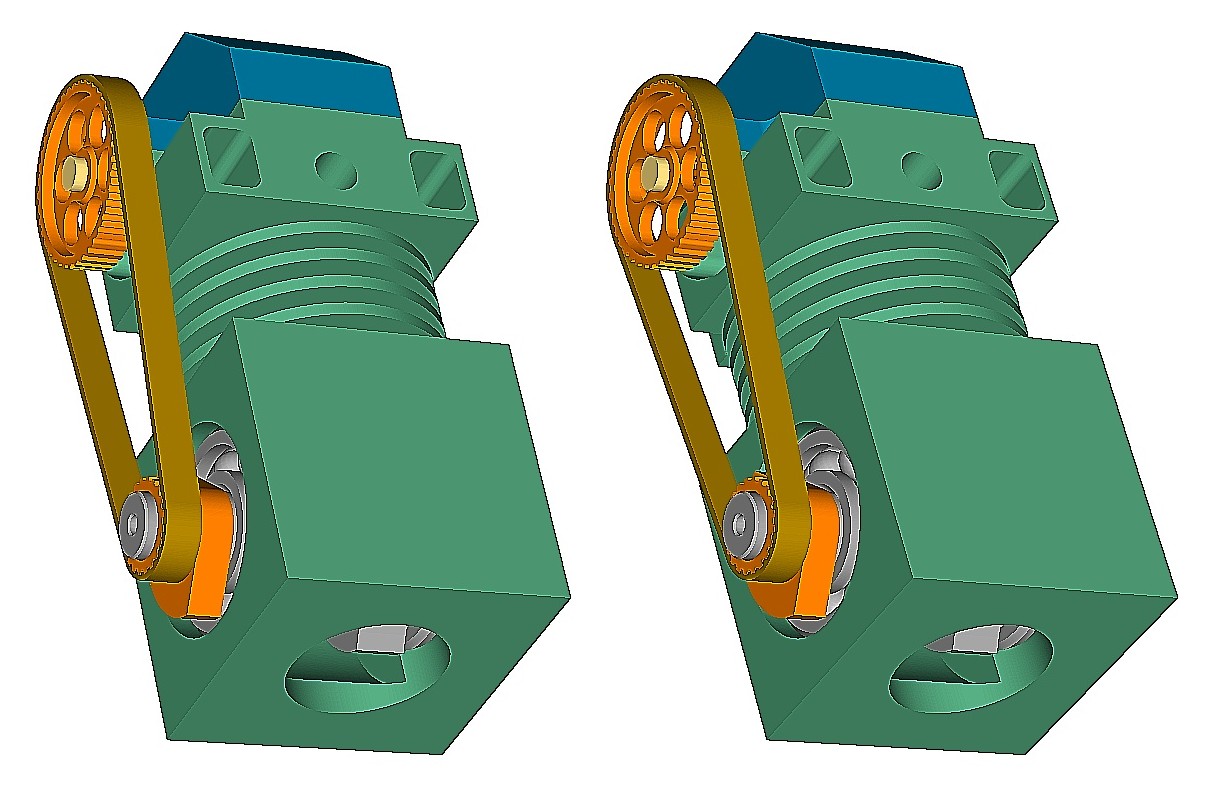
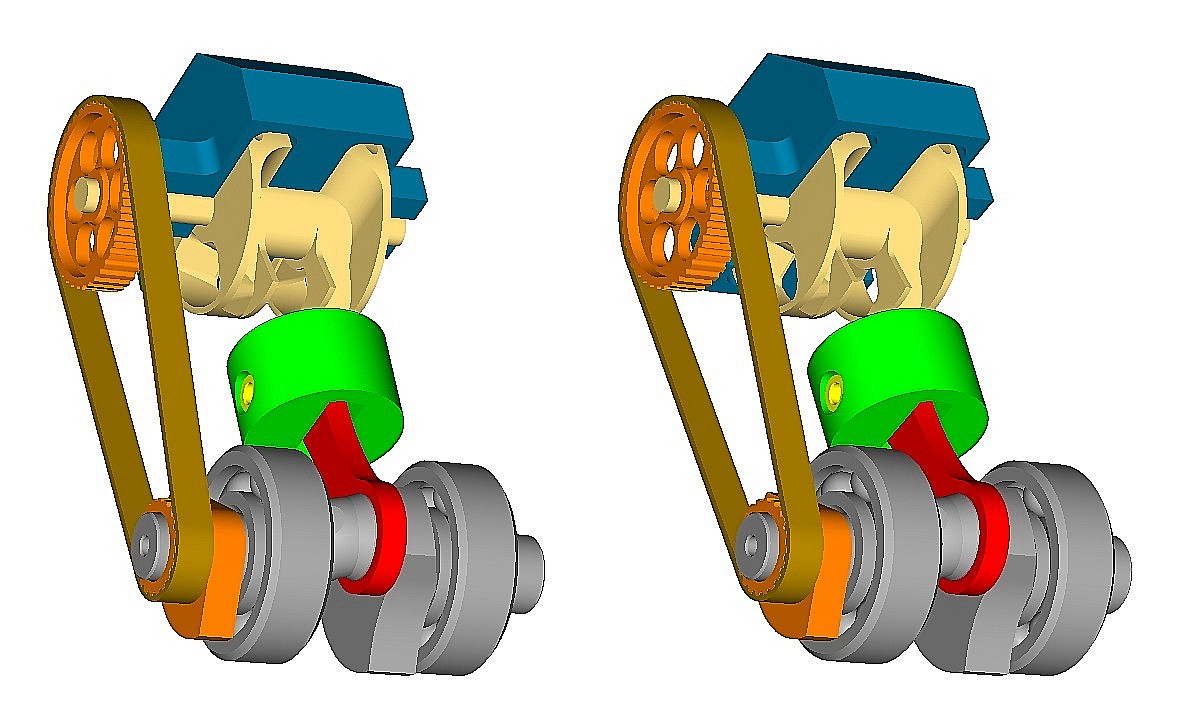
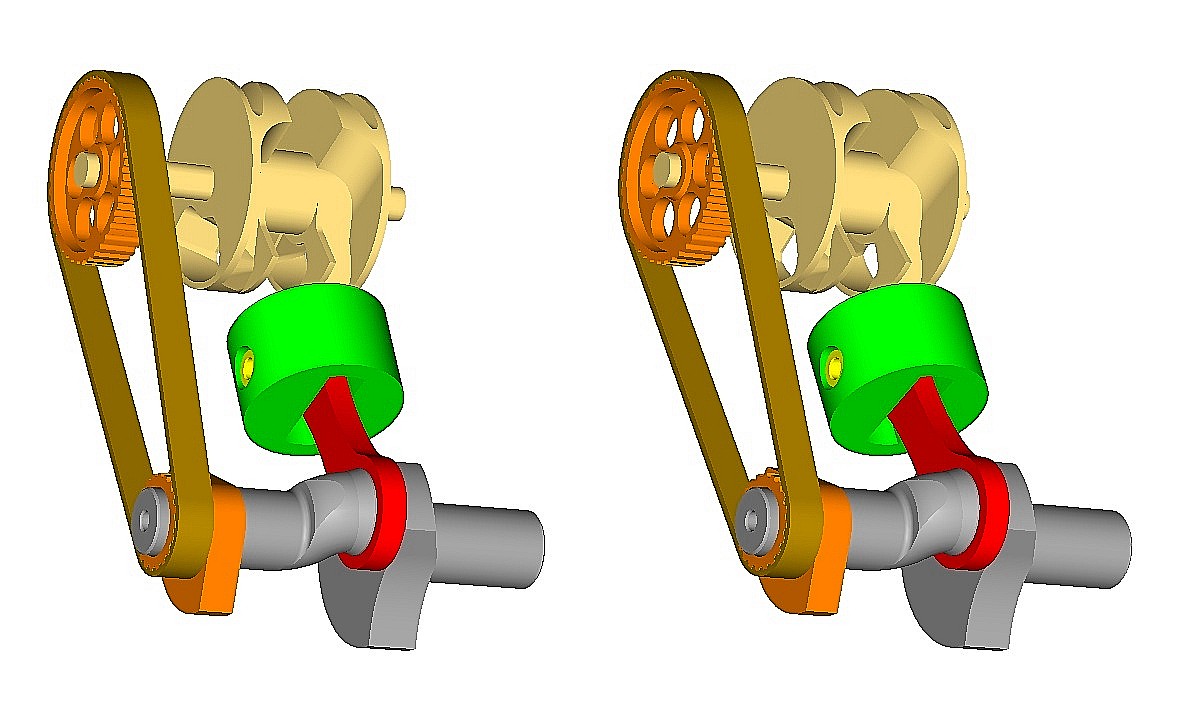
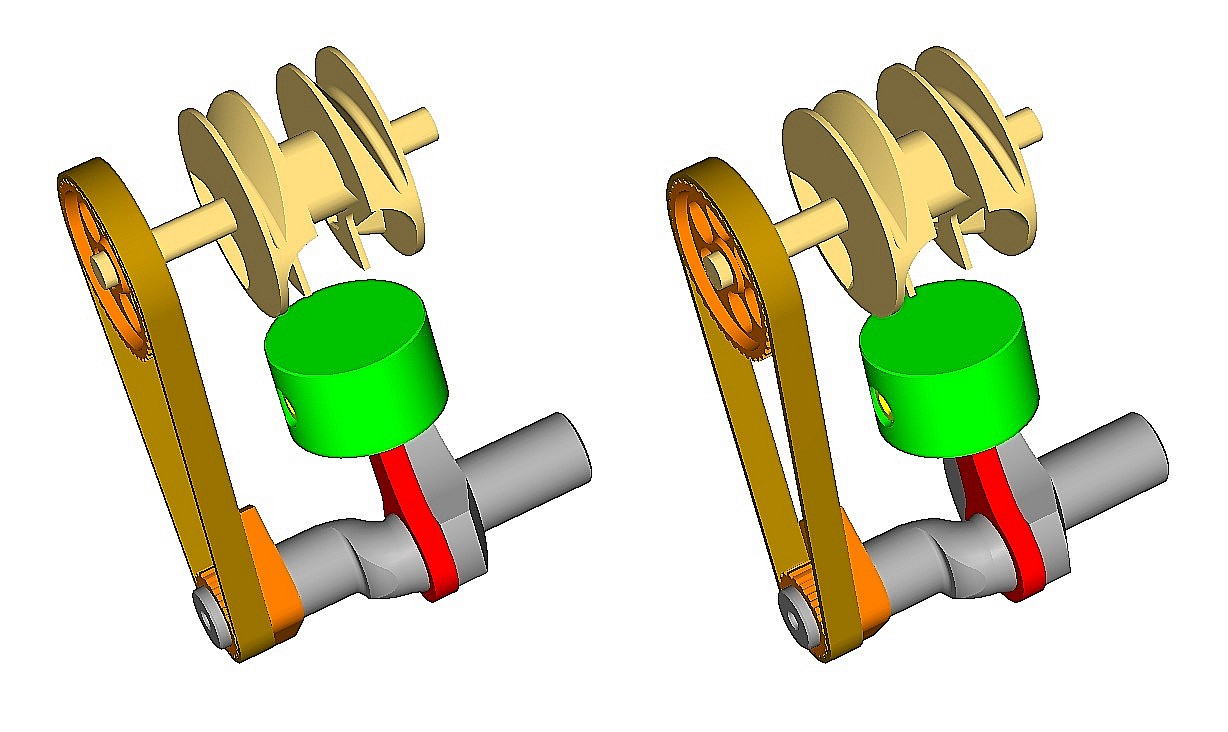
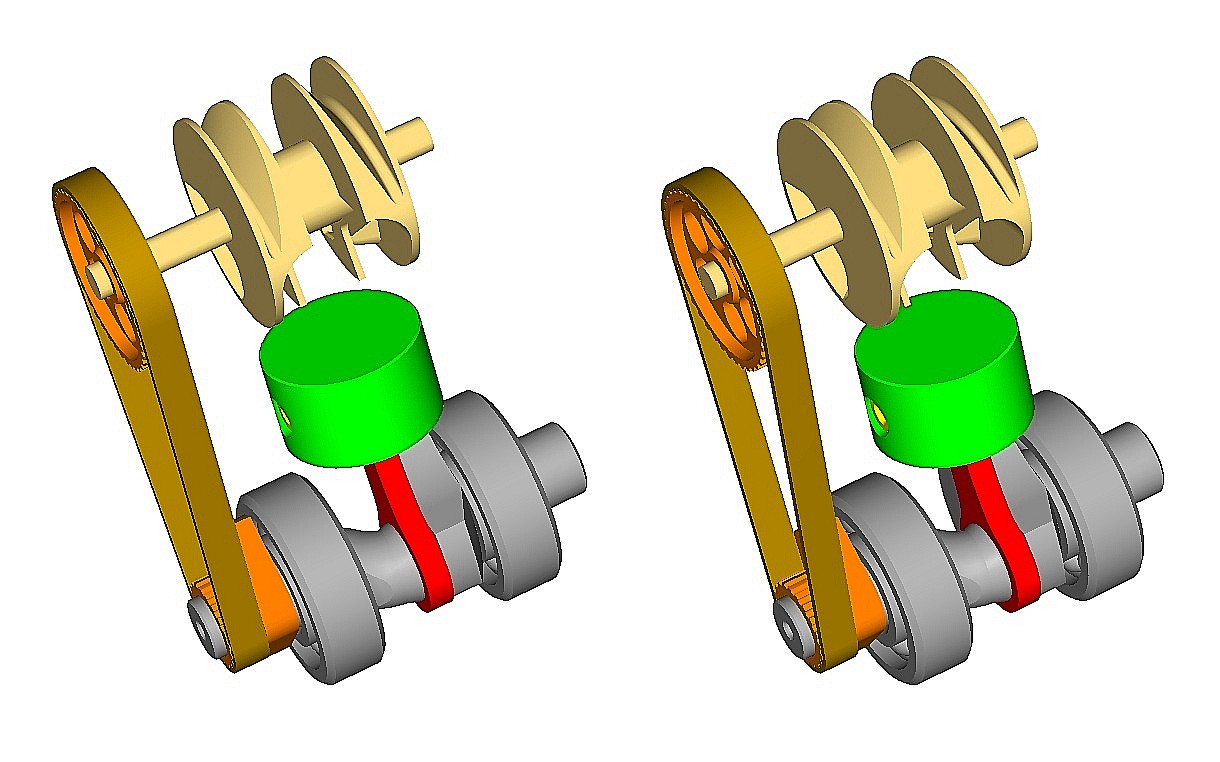
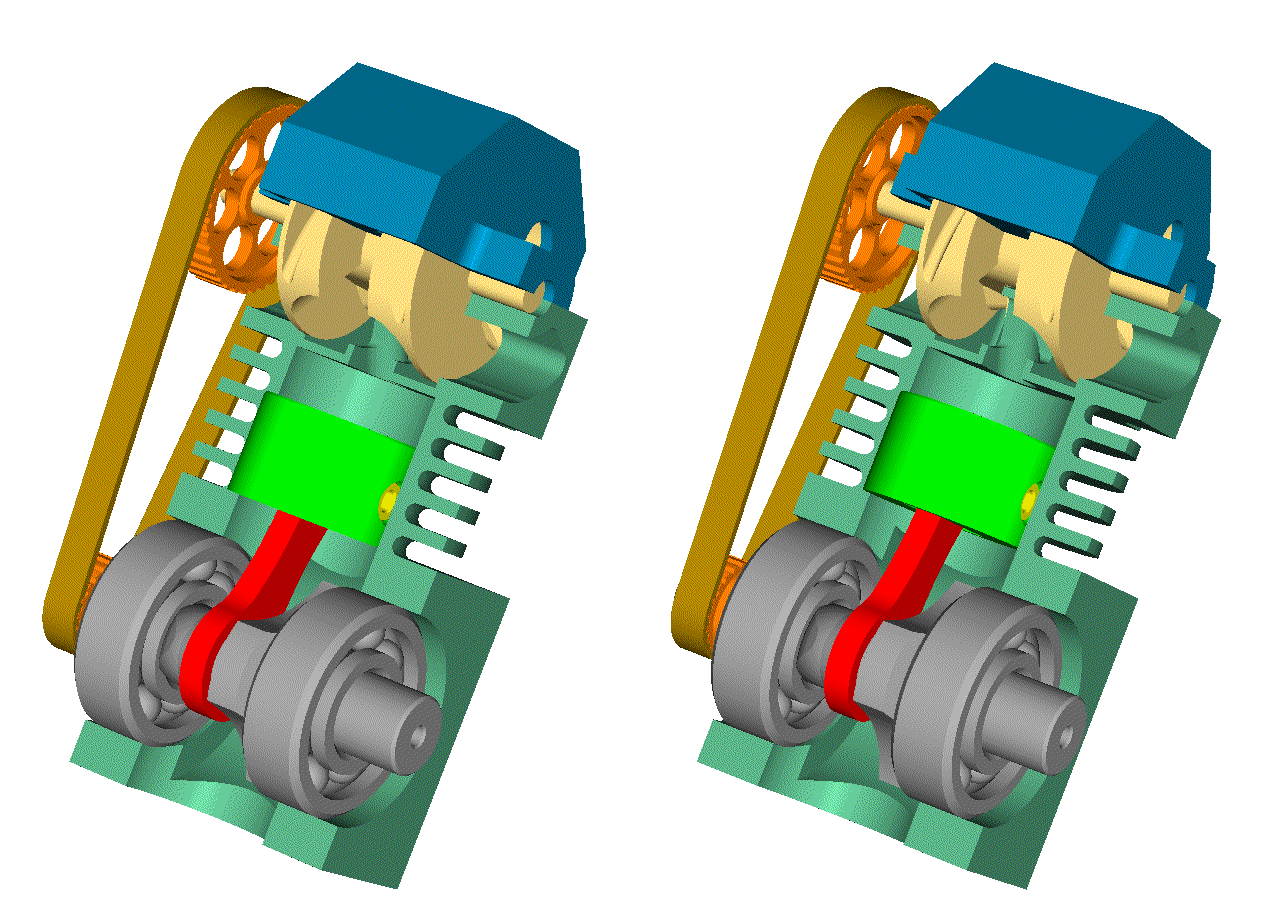











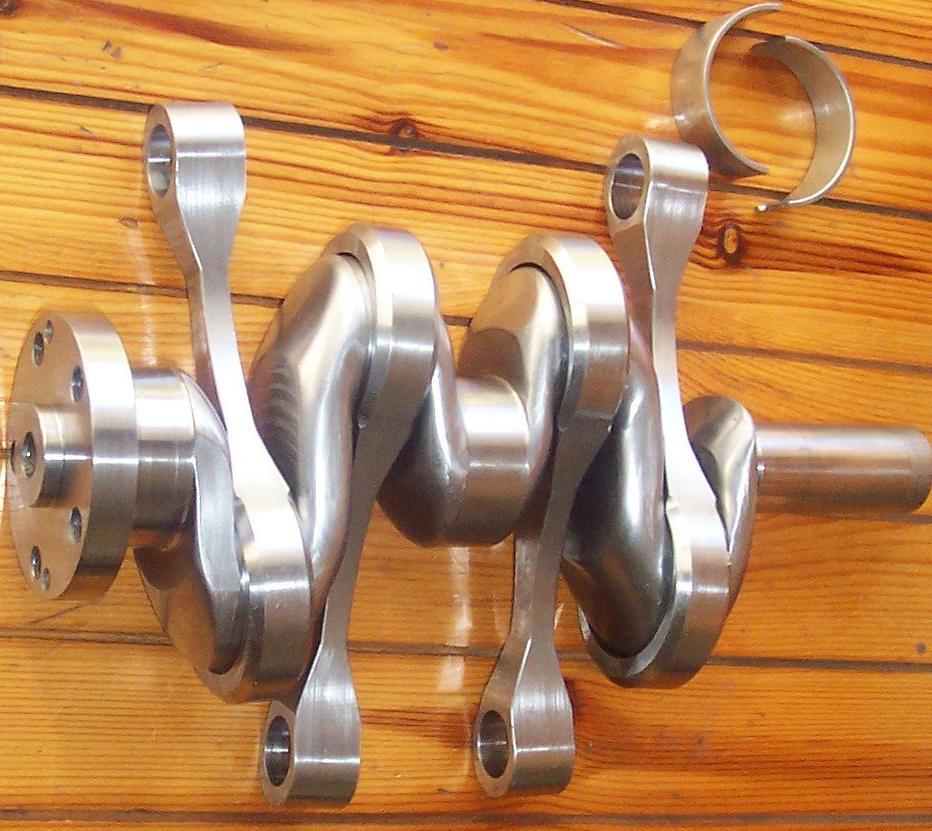
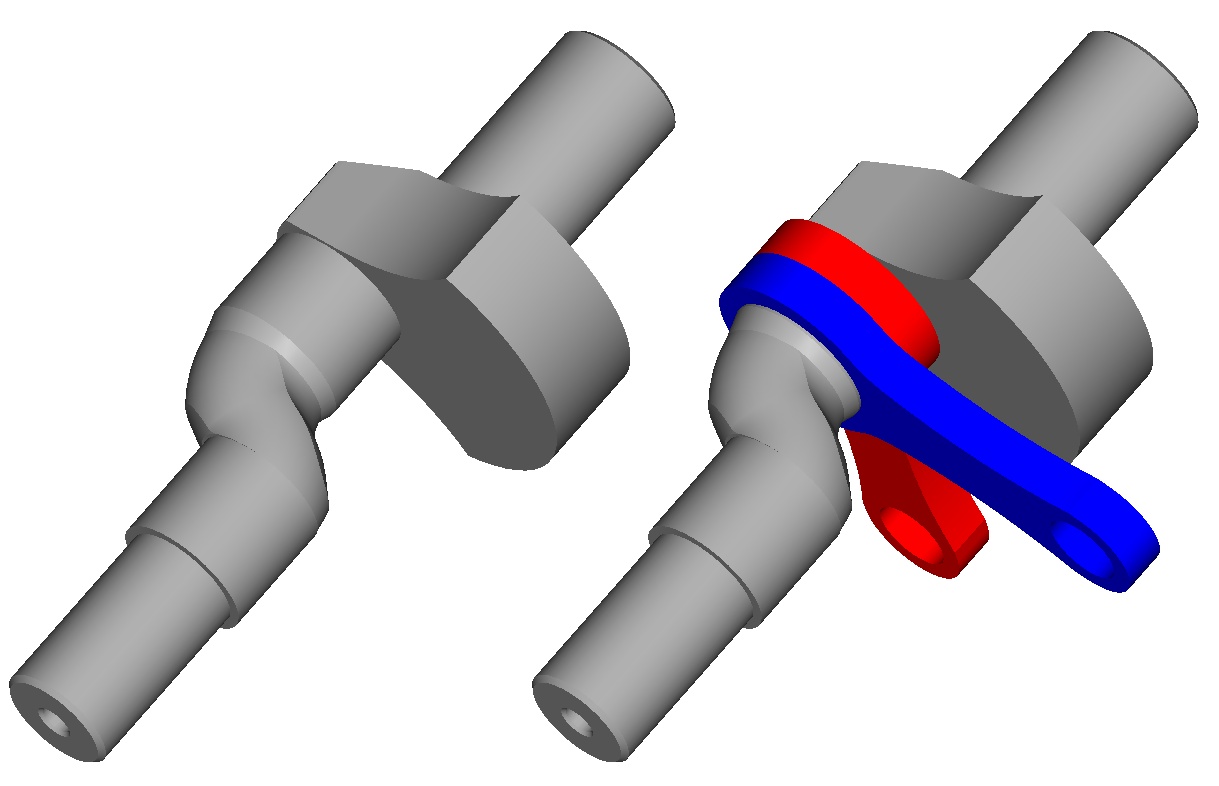
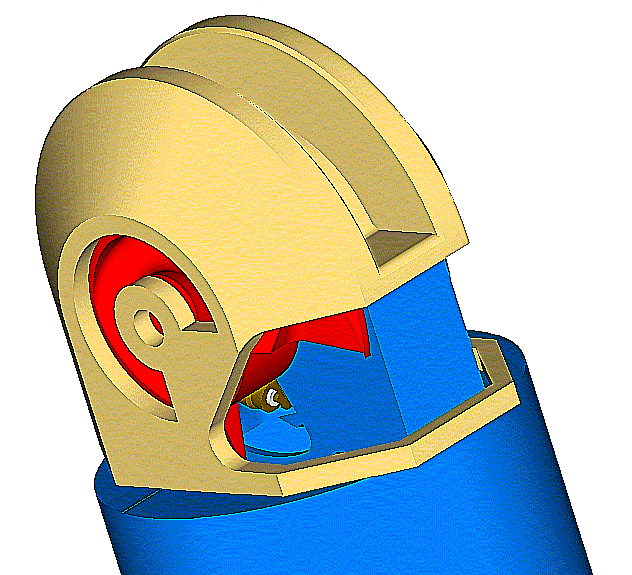
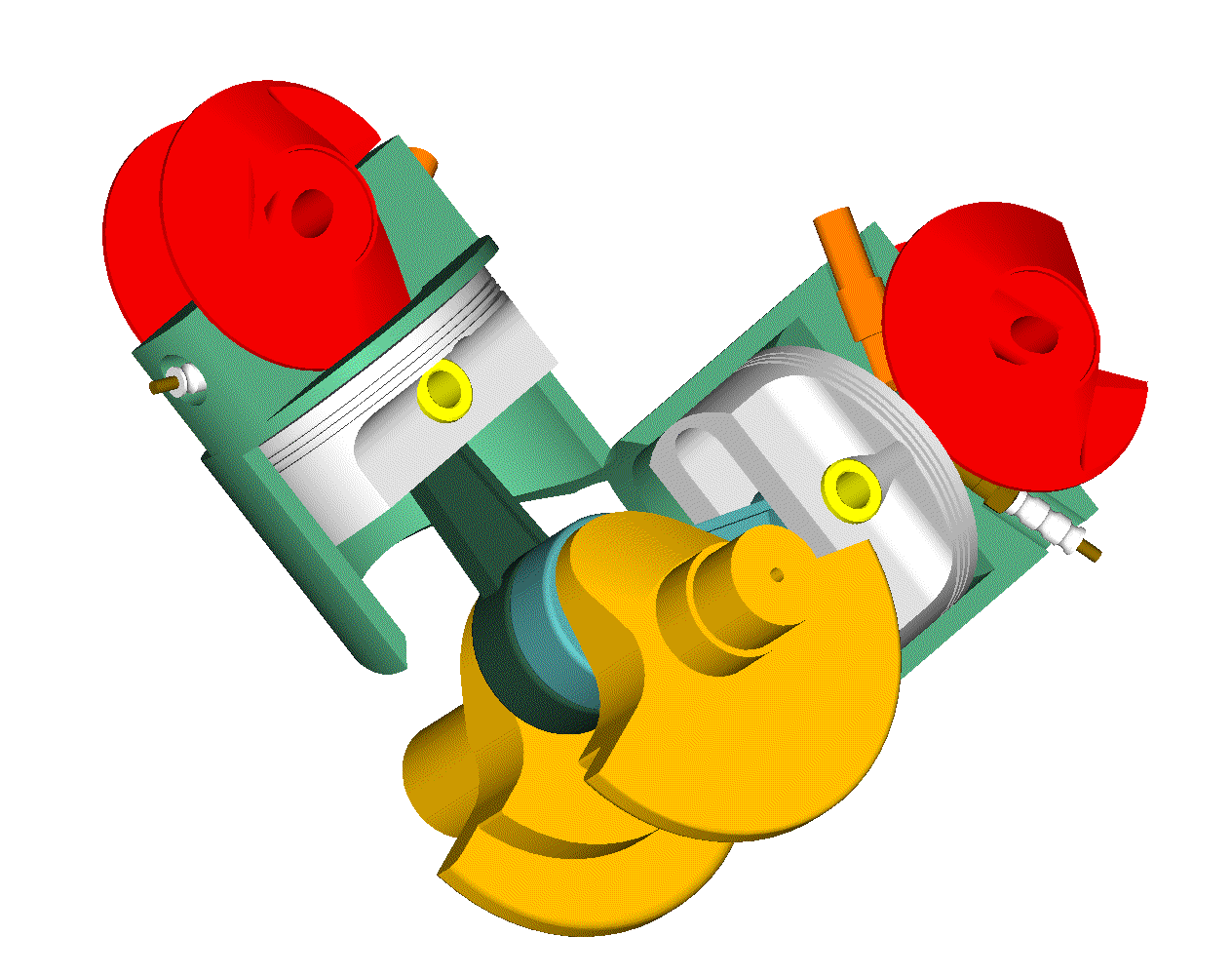


















































![DreamPlan Home Design and Landscaping Software Free for Windows [PC Download]](https://m.media-amazon.com/images/I/51kvZH2dVLL._SL500_.jpg)






